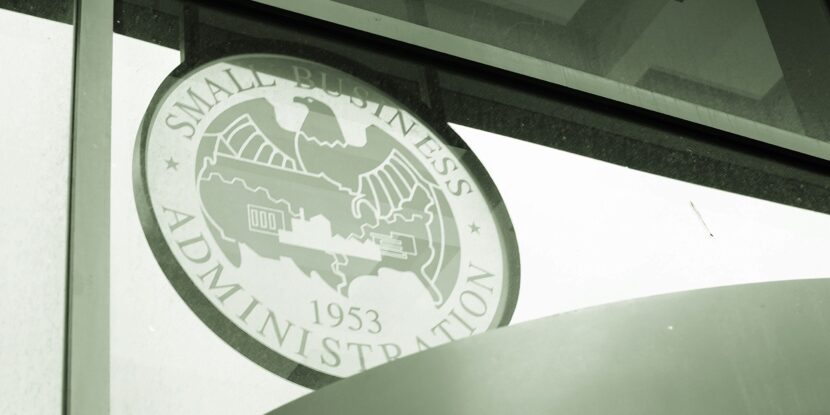Literature for the Hastings Museum and Art Gallery in Britain falsely claims that some bird species, such as pheasants, are “queer” because they “change their sex from female to male” and that dinosaurs have an “LGBTQ” history.
The false information is contained in a museum-sanctioned guide authored by the Hastings Queer History Collective. “Despite queer behaviour in the animal kingdom being observed as far back as the 18th century, it is often ignored or hidden from the public,” it reads. “One example is of female pheasants changing their sex when they stop laying eggs and turn their brown feathers into the brightly coloured feathering typical of males.”
Pheasants cannot change their sex. The museum’s claims are “nonsense,” said Dr Emma Hilton, a development biologist. “The only vertebrates that change sex are all fish. Birds do not change sex,” she said.
The guide also insinuates that dinosaurs could have been LGBTQ. In a description of a fossilized dinosaur footprint, it states, “We cannot comment on the sexuality of the dinosaur who made this footprint, but we do know that the 11-year-old boy who found it is now grown up, happily married to his husband Greg in a pink house in Hastings.”
In addition to patently false claims about animals, the guide makes several dubious historical assertions.
“Eighteenth-century colonialism is responsible for the destruction of many ancient gender systems in countries around the world,” it claims. It says there was a “third gender” in Japan known as “wakashu” and that “Western influences began the inevitable dismantling of these traditions and beliefs.” In reality, wakashū is a Japanese term for an adolescent boy. While there was a homosexual aspect to the term in Edo period Japan, it was not a “third gender,” being closer to the ancient Greco-Roman catamites.



















